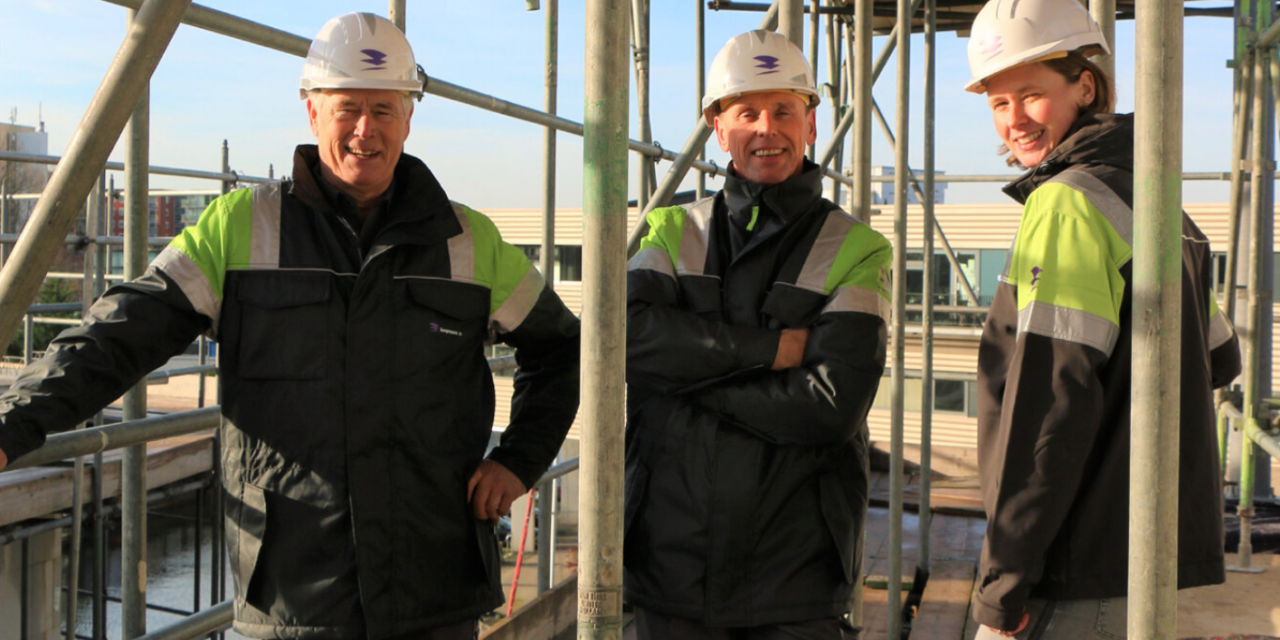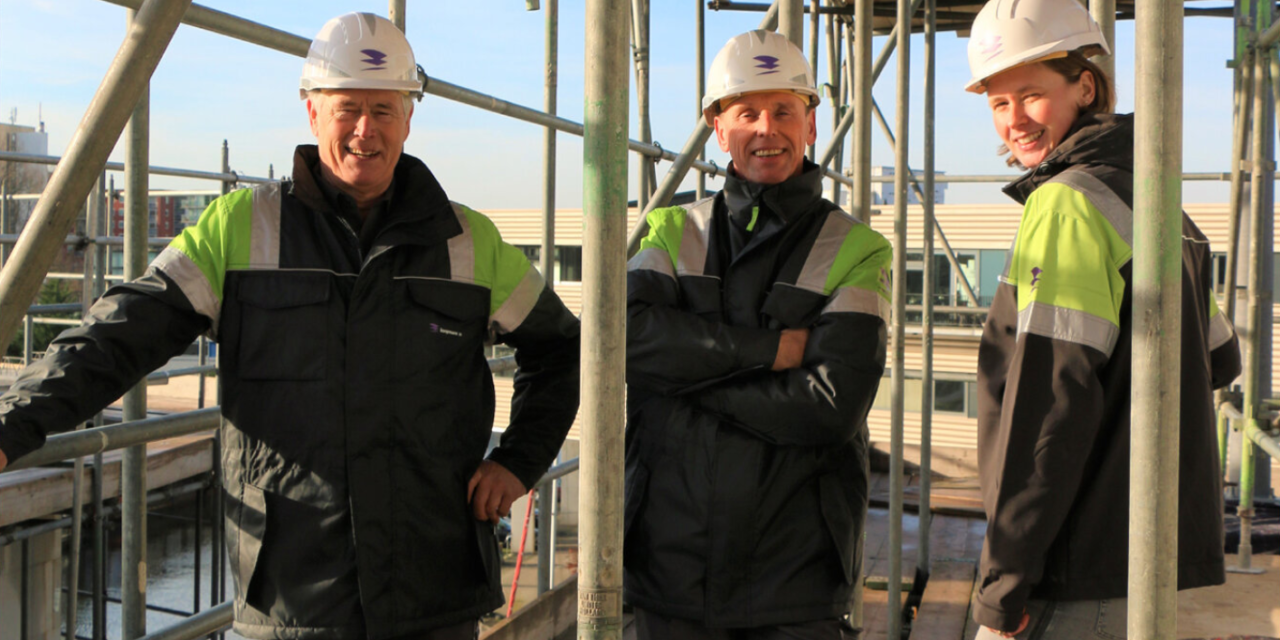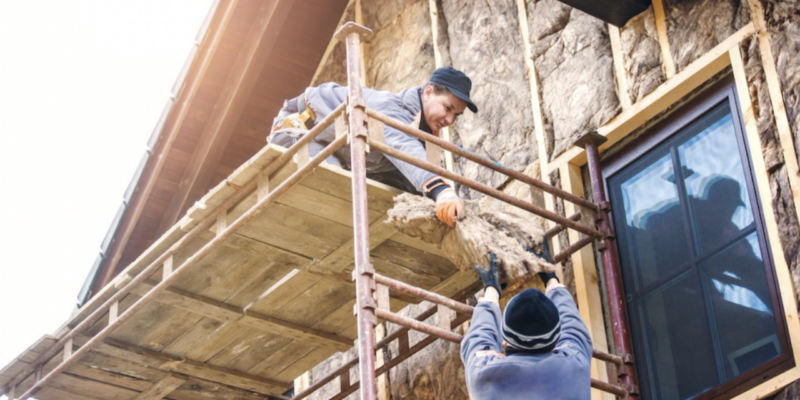TBI: from pilot to scale-up – circular work clothing


With around 6,000 employees, TBI is one of the largest construction groups in the Netherlands. Overseen by CSR manager Wendeline Besier, TBI is taking serious circular steps in terms of its work clothing.
Back to 2013, when the circular economy was a new concept, the group began a pioneering pilot for circular procurement of work clothing. Wendeline explains, ‘The process has had quite a ramp-up. Circularity is a fairly new topic, so there was quite a lot of time spent working things out at the beginning. Where we used to purchase mainly based on price, now suddenly there was so much more involved. It took some time to work things about, collaboration and a deep breath. Then 2017 came and things started to speed up and we began upscaling.’
Back to the drawing board
From pilot to scale-up, how does something like that work? For TBI, it meant going back to the drawing board. Wendeline explains, ‘An important lesson we have learned is the need to look before you leap. The first step towards upscaling was to (re)formulate the ambition clearly. To do that, we had to go back to basics – what exactly do we mean by circular work clothing, and what do we expect from our suppliers? Once we had this in focus, we were able to sit down with our suppliers with our request to see if they could provide what we wanted. Some could, others couldn’t. You rely on the whole chain and its technical expertise and innovative capacity, so it really is a collaborative process. Some suppliers were not yet working on circularity, but have since started to make progress thanks to what we were asking for, and have now made great strides.’
Return logistics
Working with a number of suppliers and chain partner Intersafe, TBI developed an entirely new line of clothing, made from 50 per cent recycled cotton and 50 per cent recycled PET bottles. The clothing is also designed to be reused. Taking back and reprocessing the clothing is a crucial step in their circularity. Wendeline explains, ‘The biggest challenge has since become return logistics. How do you get employees to hand in their used clothing and how do you organise the logistics process? Clothing collection and processing are an important link in closing the circle. We have made agreements with all of our suppliers with regard to collection of the clothing, but there is still a gap where there should be an overarching party that can organise and coordinate the entire logistics process.’
Future circular dreams
In addition to the ambition of 100% circular work clothing, Wendeline also has long-term sustainable dreams. ‘We are only at the beginning. In the construction industry, work clothing is just one of the many things that gets procured. In time, we also want to procure circularly in other high-impact areas, such as concrete. All of our purchasers are now trained in this – what questions to ask, how it works, what topics are important. Most purchasers have been used to purchasing primarily based on price, so a big switch is needed. By focusing on developing knowledge, purchasers can learn to recognise the economic benefits of circular procurement in addition to the environmental and social benefits. In the long term, I hope that sustainability and circularity will be part of all procurement decisions that we make. That would be my ultimate dream.’


